Introduction
About 10 or 11 years ago I went to Solms for a visit. I was a little early and, when I arrived, the receptionist told me that Jesko was in a meeting and would be a bit late, and would I like to fill up the time playing with this lens. Of course.
The lens was a 50 Summicron, and there had been rumours of a replacement, so I took it at face value. I wandered around outside taking a few shots, and then sat down and put them on my computer. I’m not sure that my jaw actually dropped, but I was certainly gobsmacked, the images had a real clarity with wonderful bokeh, they just pinged out at me.
Of course, this was my first sight of the 50 APO-Summicron-M, and to give myself credit, I immediately realised how special it was, even when expecting something ‘standard’.
Before that, my only experience of APO lenses was the 75 APO Summicron M, which was already a firm favourite of mine. That lens also combines creamy bokeh with real precise sharpness. Every time I see someone use the word ‘sterile’ in conjunction with this lovely lens it hurts afresh!
Since that day, we have seen a whole range of APO Summicrons for the L-mount, and these also have been characterised by this combination of wonderful bokeh and stunning sharpness. Absolutely the opposite of ‘sterile’, these lenses produce a consistent and lovely look, not harsh at all, just right.
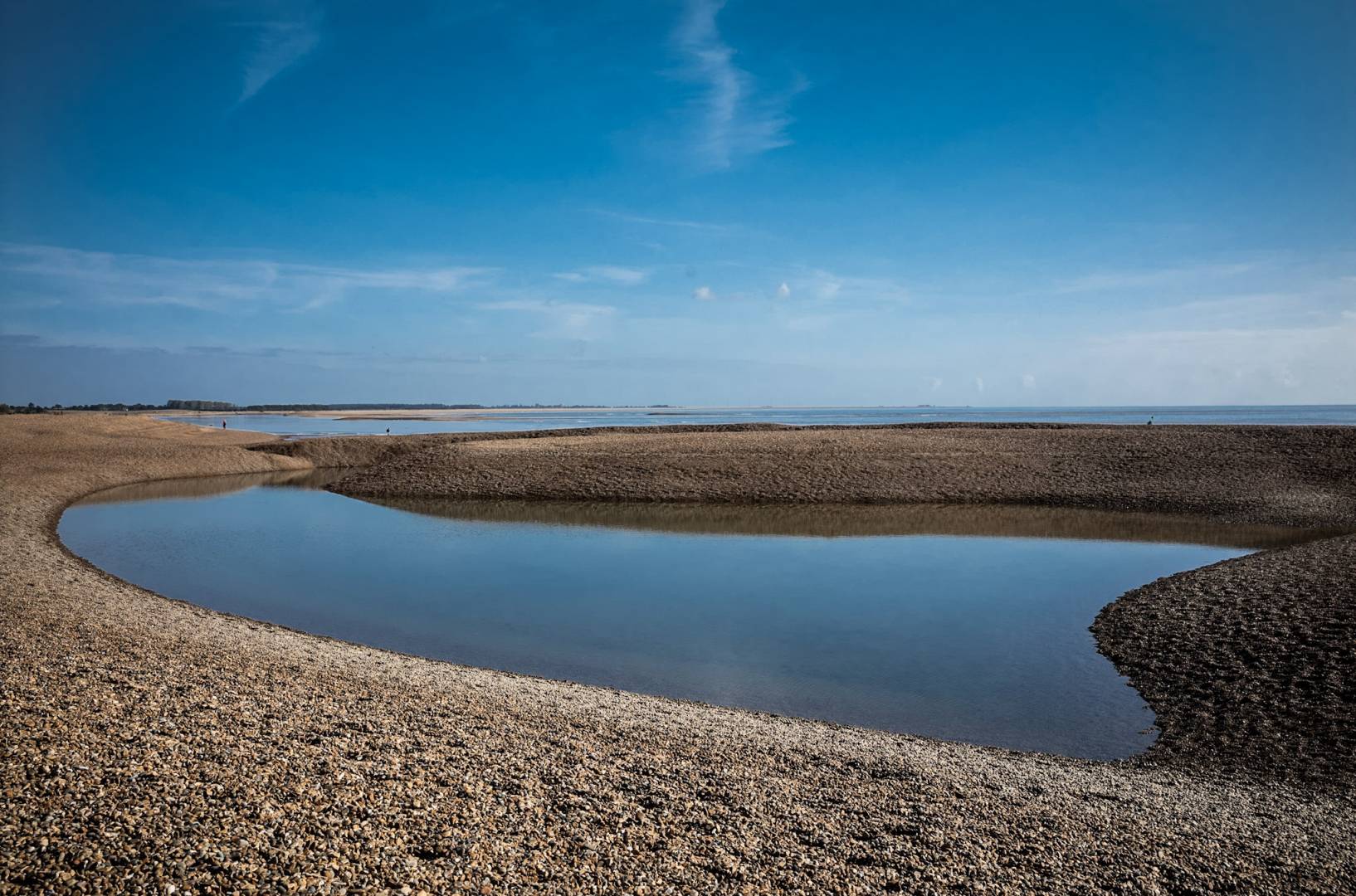
Leica M10-R ISO 100 1/750th f6.8 Apo-Summicron-M 1:2/35 ASPH
Now we have the fourth Apochromatic M lens (after the 90, 75 and 50 Summicron lenses): The Apo-Summicron-M 1:2/35 ASPH. I had the lens for a month from September last year.
Although looking at the first shots wasn’t quite such an epiphany (since I was expecting to be blown away), it was still a revelatory experience!

Leica M10-R ISO 100 1/250th f4.8 Apo-Summicron-M 1:2/35 ASPH
Apochromatic correction
This is the term used to describe the reduction of colour aberrations in lenses, it requires special glass and is necessary if you want to produce the very best MTF figures.
For many years Leitz had their own glass production facility, and it was here that early glass materials to minimise colour aberrations were developed. Walter Mandler used these in the development of the early APO lenses.
The 180mm APO-Summicron was the first APO lens developed for the consumer market and was introduced in 1994. The intention was to get the best possible performance wide open, implementing APO technology to achieve this. This lens has become a legend, and now changes hands for £7,000 to £8,000 in good condition.
During the 90s, Leica made a number of other APO lenses for the R-system, including the 180 f/2.8 Elmarit-R, the f/4 280mm APO-Telyt-R, and the 400mm and 560mm APO-Telyt-R modules.
These APO glass elements are not easy to handle in production and, during this period, Leica became experienced in implementing the technology,
The first APO lens for the M system was the 90mm APO-Summicron-M ASPH, released in 1998. Here they combined apochromatic correction with newly developed aspherical surface polishing processes.
The 75 mm APO-Summicron-M ASPH was released in 2005 and, in addition to APO and aspherical technologies, it included a floating element, just like its brother lens. the 50 Summilux ASPH.
The third APO M lens was the 50 mm APO-Summicron-M, and this is the lens I referred to in my introduction. Thorsten Overgaard in his lens compendium refers to it as “The World’s best 50mm”. I think that statement was almost certainly true on its release in 2012,
Since then, Leica has been concentrating primarily on the APO-Summicron range for the L-Mount. At the time of writing, five lenses are available: 90, 75, 50, 35 and 28mm. The 24 and 21mm lenses are scheduled to appear during the next year or so.
Apo-Summicron-M 1:2/35 ASPH
Leica has pulled out all the stops with this lens. There are ten elements comprising:
- 3 Aspherical lens elements (with 4 aspherical surfaces)
- 6 elements using Apochromatic glass
- 3 elements made of glass with a high refractive index.
In addition, the company has developed a new focusing mount capable of homing in to 0.3m. From 0.7m to infinity the focus is rangefinder coupled, with a similar throw to other classical 35mm M lenses. From 0.7 to 0.3 metres you will need to use Live view or the EVF for focusing (or an SL camera).

Leica M10-R ISO 100 1/125th f2.4 Apo-Summicron-M 1:2/35 ASPH
Remarkably, the MTF figures for this lens are almost as good as those for the much larger SL 35mm APO, which, Peter Karbe feels, is the best 35mm lens available on the market today.
The lens diameter at 53mm is the same as that of the 50 APO. Without the screw in lens hood, the length is 40.9mm as opposed to the 50 at 47mm. With the lens hood attached, it is 49mm. It weighs 305gm as opposed to the 300gm of the APO 50,. So, to all intents and purposes, it’s the same size as the 50mm.
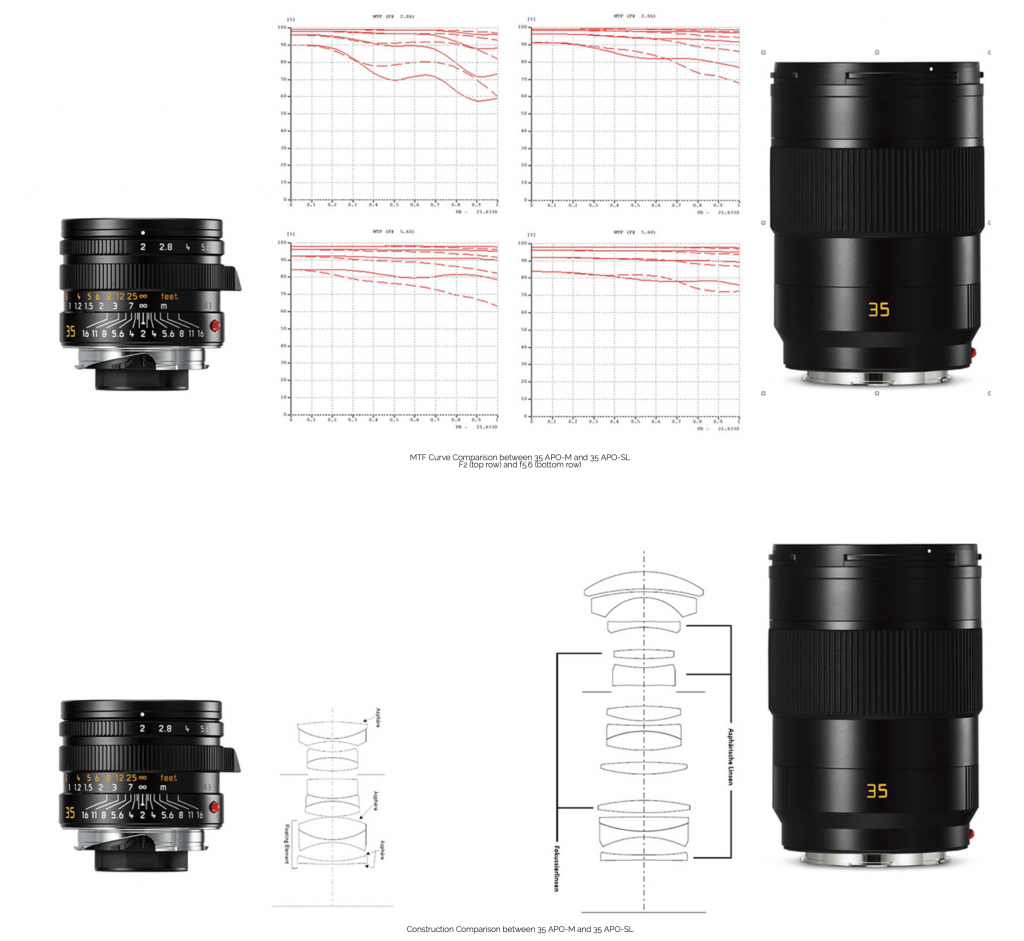
Handling
Like its sibling, the 35 is just a perfect match for an M camera; it’s small and relatively light and beautifully made and finished. It has a thumb tab but, unlike the 50, it has a screw-in lens hood, which is shorter than the one on the 35 Summicron ASPH, more like the lens hoods on the late lamented Summarit lenses, or indeed the Leica Q.
The close focus is really useful and, if you don’t have an EVF with you, it’s easy enough to focus using the LCD. On an L-Mount camera it’s even simpler. I think perhaps I would have liked to have a slightly more positive step when focusing closer than the coupled rangefinder, but this is really nitpicking (and it might have changed on the production lens).

Leica M10-R ISO 100 1/350th f4 Apo-Summicron-M 1:2/35 ASPH
Image Quality
Image quality is nothing short of magical. From f/2 and also stopped down, it’s consistent and without obvious flaws beyond a little vignetting. It’s sharp right to the corners, with hardly any fall off, even at f/2.
As is the case with other recent APO lenses, the transition between the ultra-high definition in focus to creamy bokeh out of focus area is gentle and swift.
Most of my test shots were with the M10-R (and all the ones in the gallery), there is no question that the 35 APO resolves well enough for the 40MP sensor (and the 48MP of the SL2). I would imagine it is future proofed against higher resolution sensors in M and L mount cameras to come.
Conclusion
Just like the APO-Summicron 50mm, the 35mm is an expensive lens. This is because the glass is expensive and hard to make, the production is problematic and the tolerances are very tight. Making such a small lens of such good quality is not simple. Hence the cost. On the other hand, it is a lovely object, like a beautifully made wrist watch, perfect in form and function.
I’ve been lucky enough to have had several discussions and some email correspondence with Peter Karbe about both the M and SL APO Summicrons. I think that giving up the bragging rights of wide apertures in order to make the very best quality lenses is admirable. It has the added advantage of keeping the size down.
Leica has applied this philosophy over 15 years to produce five SL and four M APO Summicrons; lenses which are consistent in performance and ‘look’, a real asset for the serious photographer.
There is a feeling among many photographers that modern lenses don’t have the ‘soul’ of vintage glass; that they all look the same. I would really dispute that, and I think that these lenses in particular have a lovely look and feel about them, quite unlike any other lenses I have used.
Developing and manufacturing this 35mm lens also shows Leica’s serious intentions for the M system going forwards. Perhaps this isn’t a surprise, but it’s nice to have it confirmed.
This is a significant lens announcement for Leica, but more than that it’s a lovely lens of peerless quality. Something to be used as a standard lens by the discerning photographer for years to come.
Acknowledgement and Links
First of all to Emma, who continues to cook delicious meals and humour me while I’m hunched over my computer at the other end of the kitchen (or left behind on dog walks crouched over a bent stick!).
Special thanks to Peter Karbe who has been incredibly kind with his time and technical input with respect to apochromatic technology and its history with Leica.
Stefan Janssen has also been really helpful, responsive and forthcoming with information (and lenses!).
Thanks also to Stefan Daniel and Jesko von Oeynhausen at Leica, always helpful and fun to deal with.
Thank you to Evris at Rock & Roll Straps for supplying the lovely Riviera strap in the image below (and so many more!).
My partner in crime Sean Reid has just published a long and detailed article based on long term field testing and comparison studio tests of the M APO 35/2.0 ASPH. Using an M10-R and M10 Monochrom, he compares the new lens side by side with the current M 35/2.0 ASPH and current M 35/1.4 ASPH. He also tested the resolution of the APO 35 on the Leica SL2. , Sean’s reviews are always worth the price of entry, find them at www.reidreviews.com.
More images here
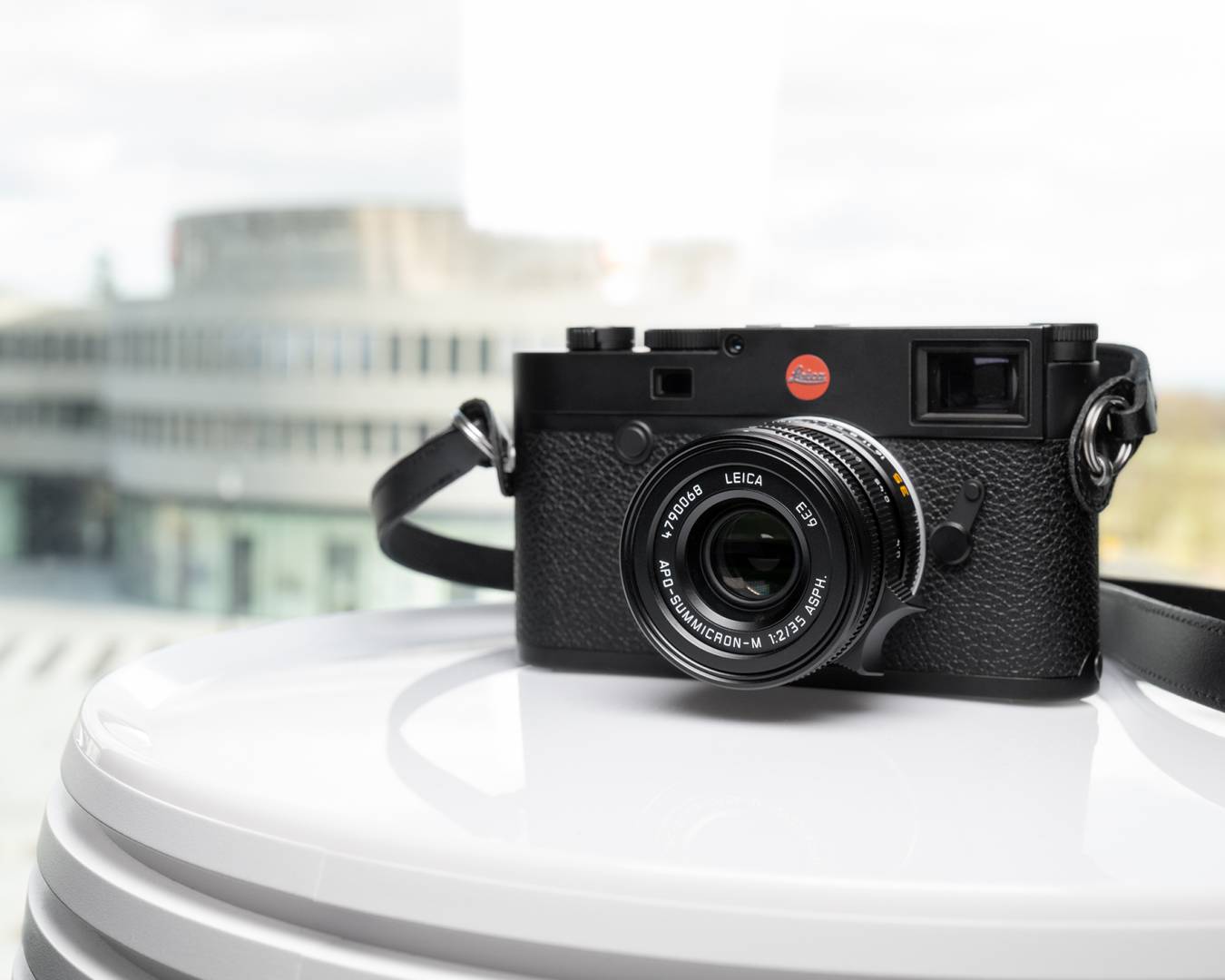
Find more of Jonathan’s pictures here
Read more articles by Jonathan Slack
More on the M-Mount system
Want to contribute an article to Macfilos? It’s easy. Just click the “Write for Us” button. We’ll help with the writing and guide you through the process.

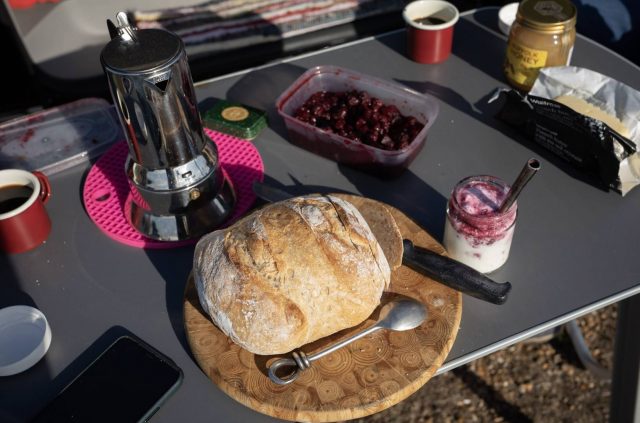


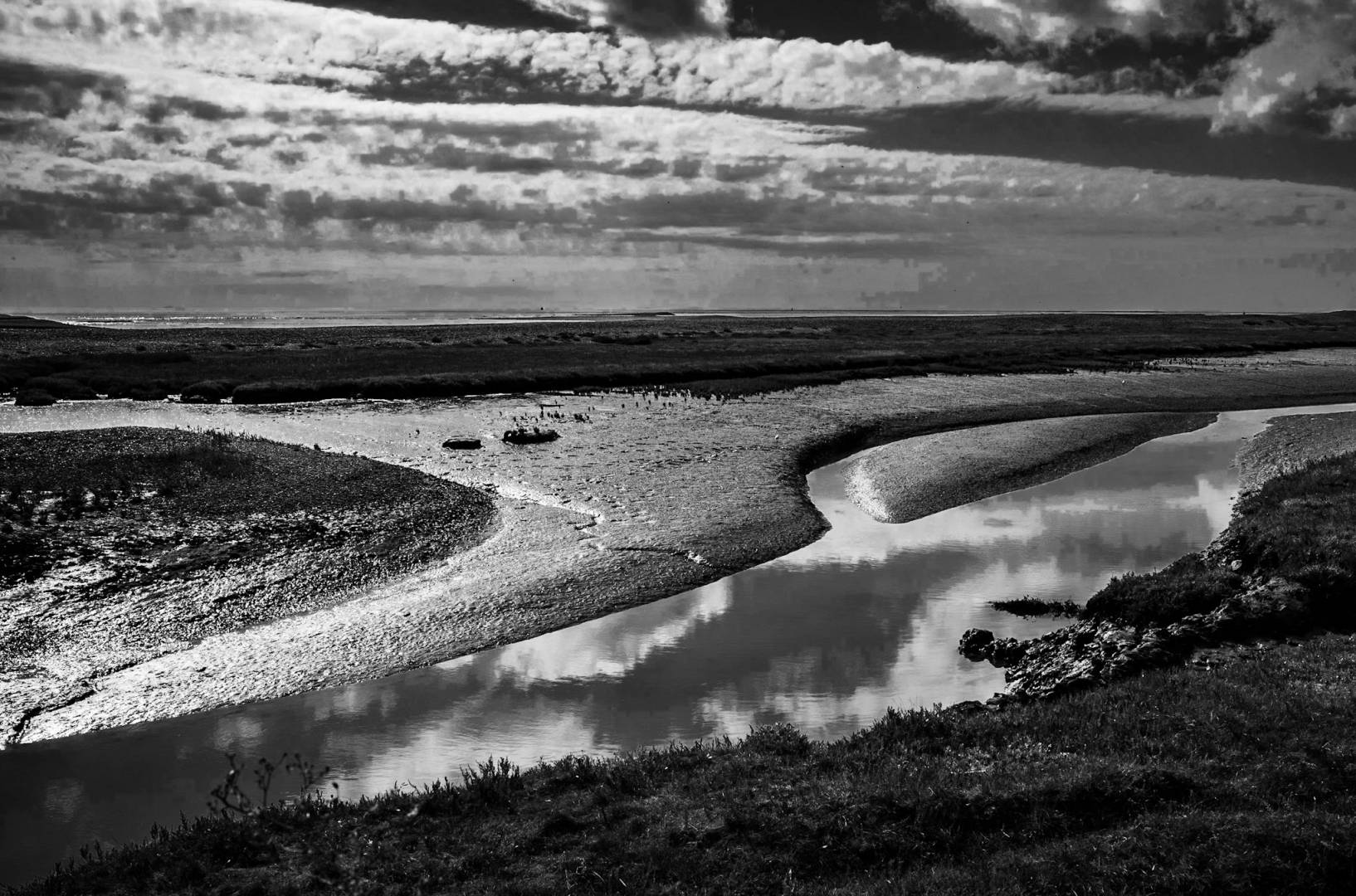

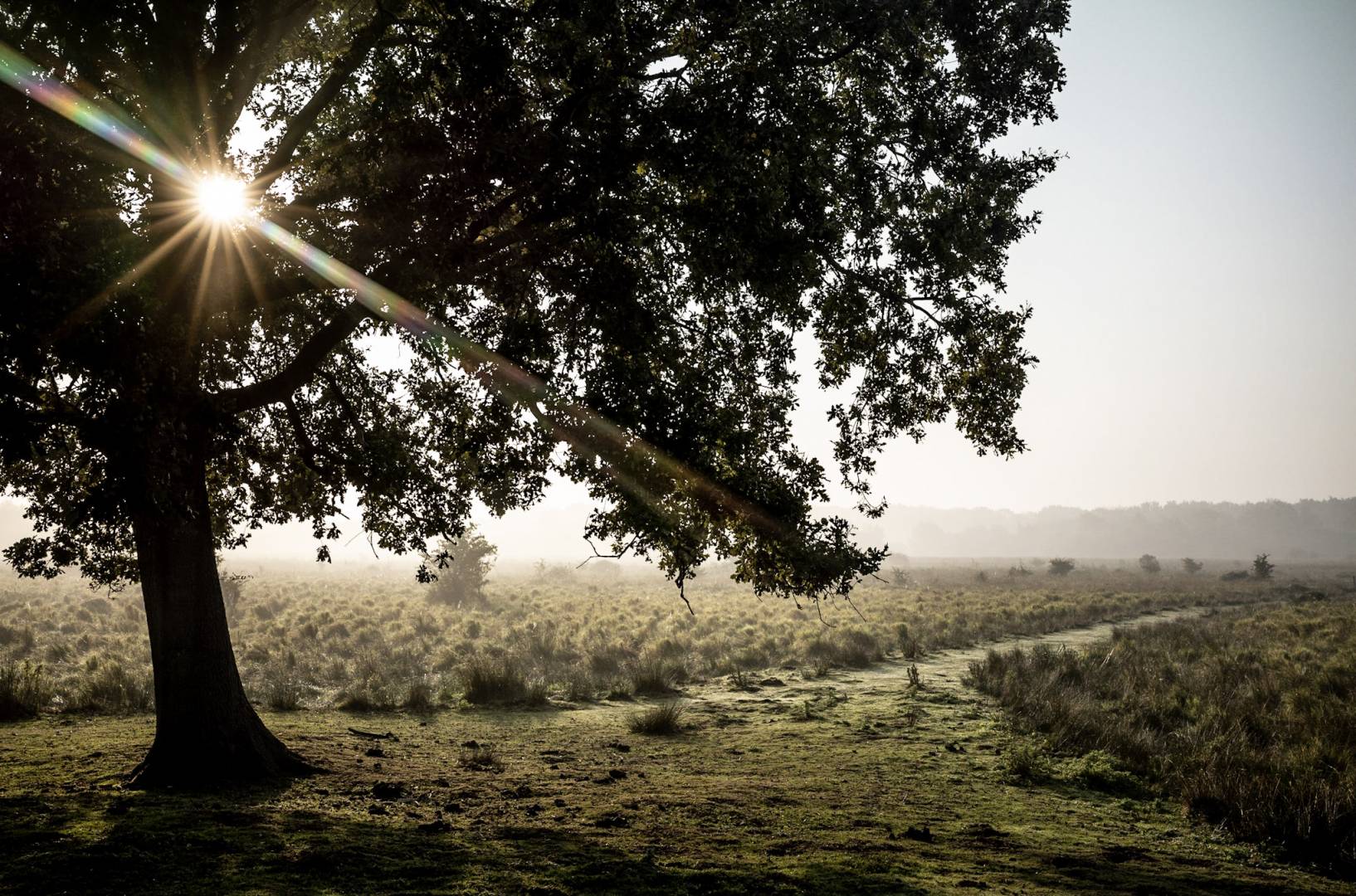

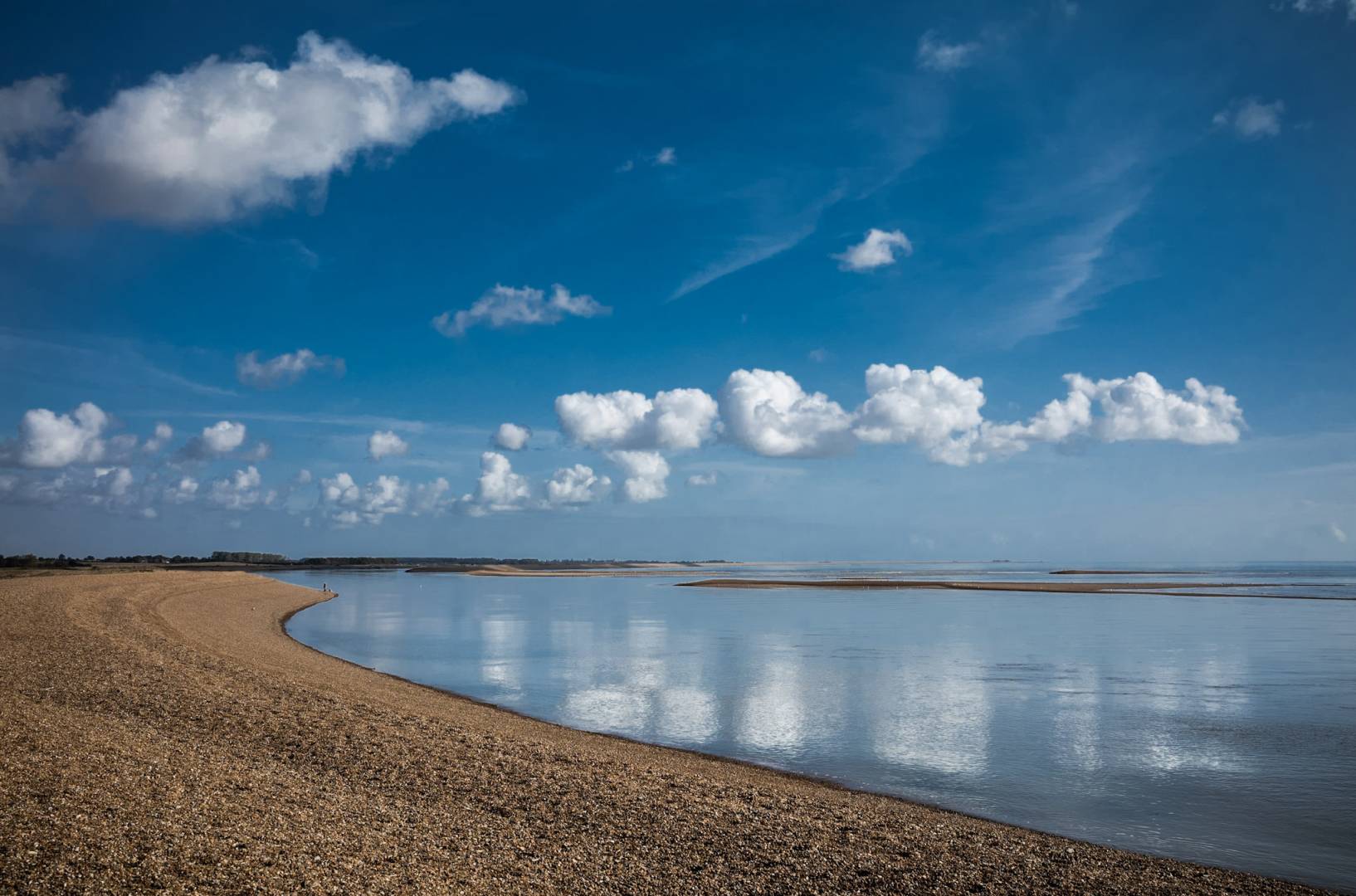
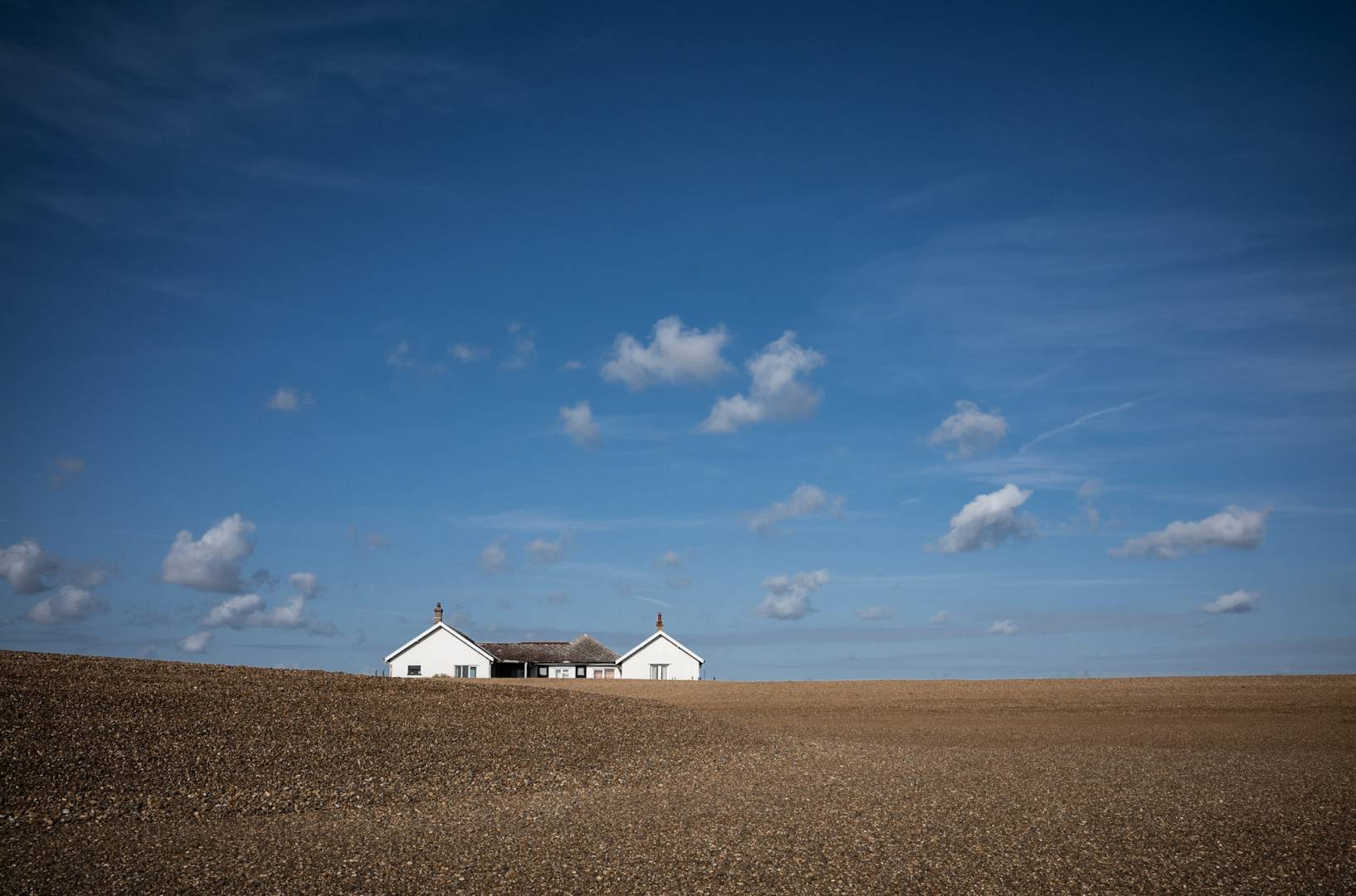
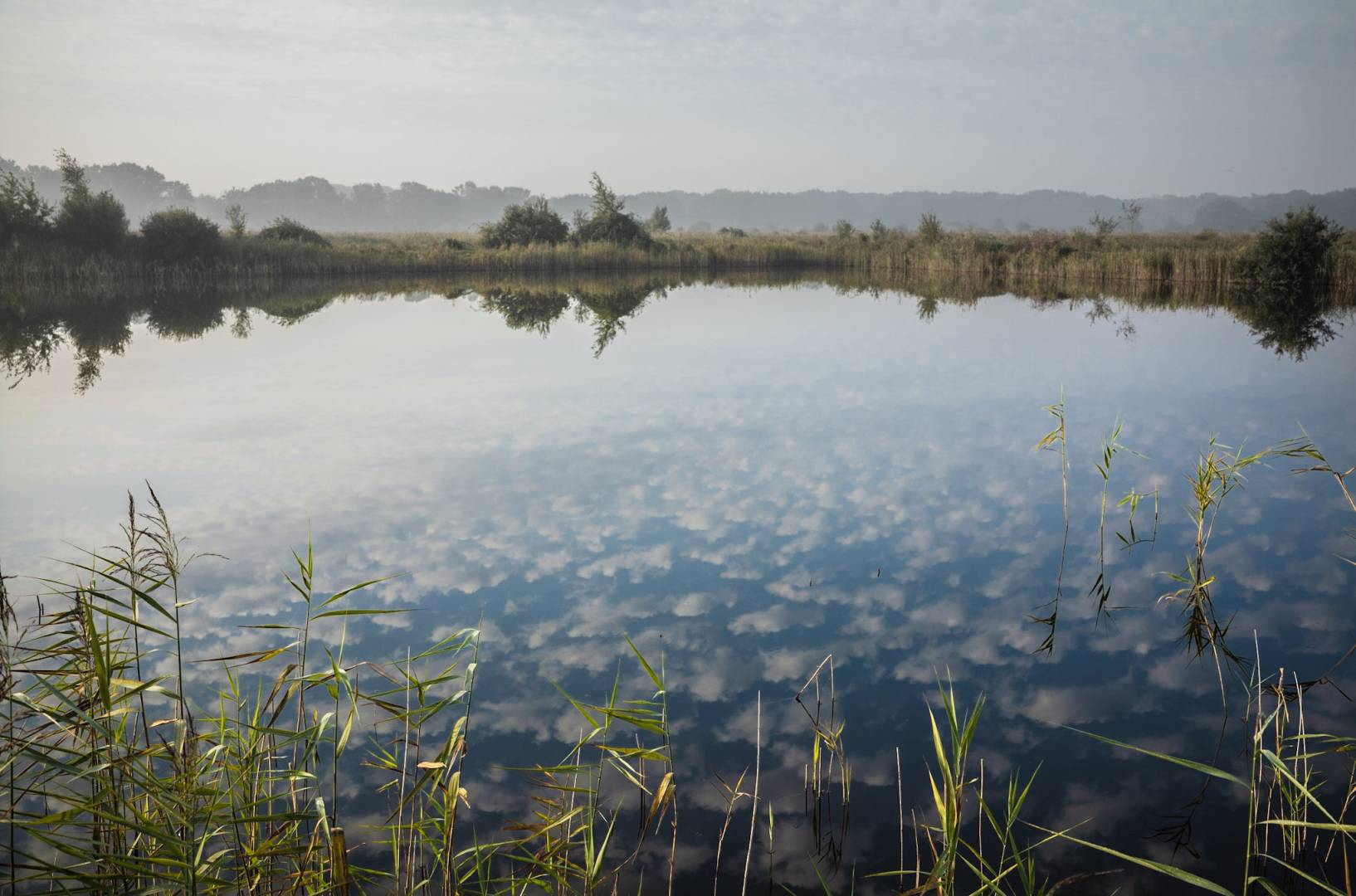

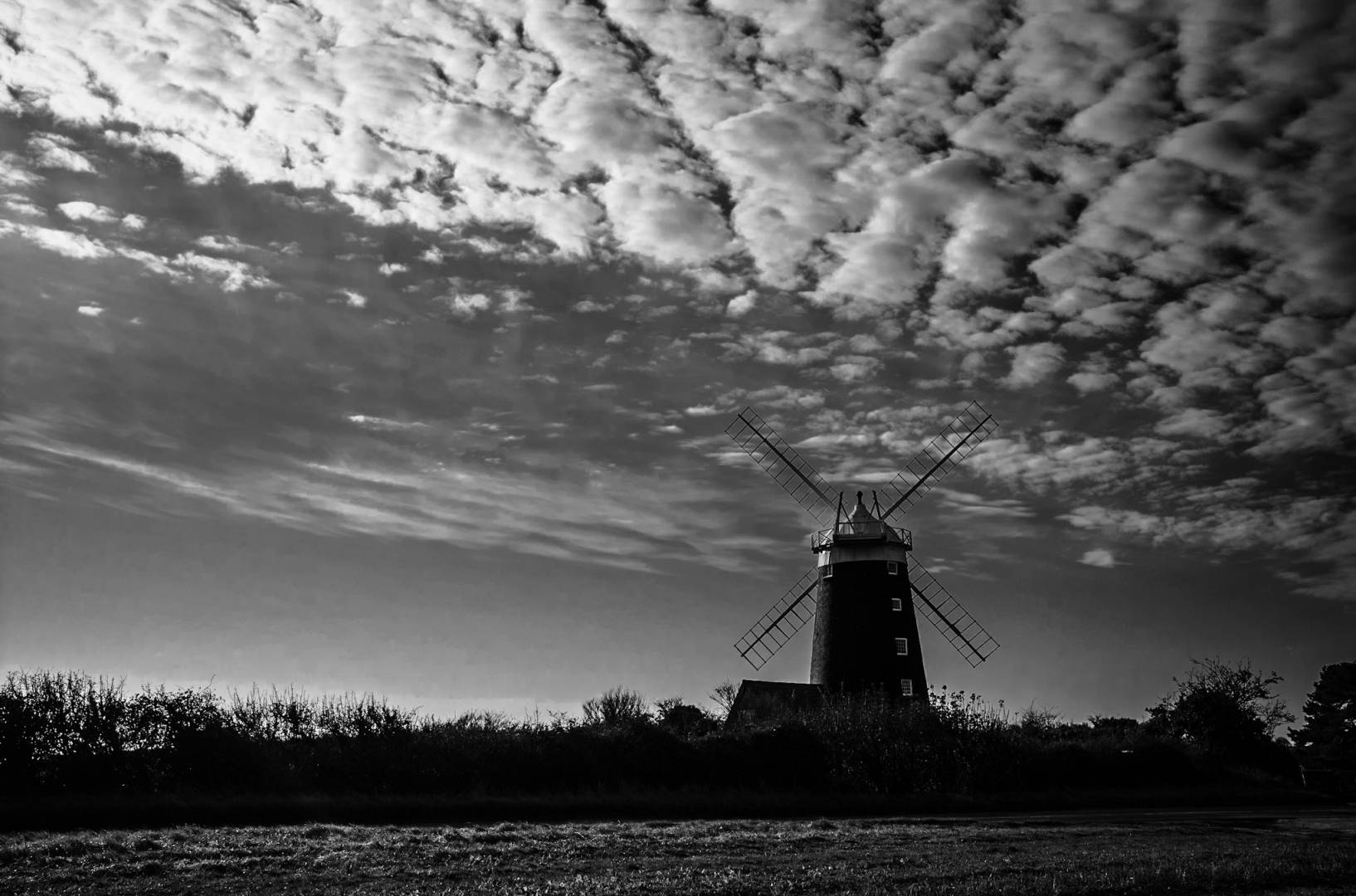
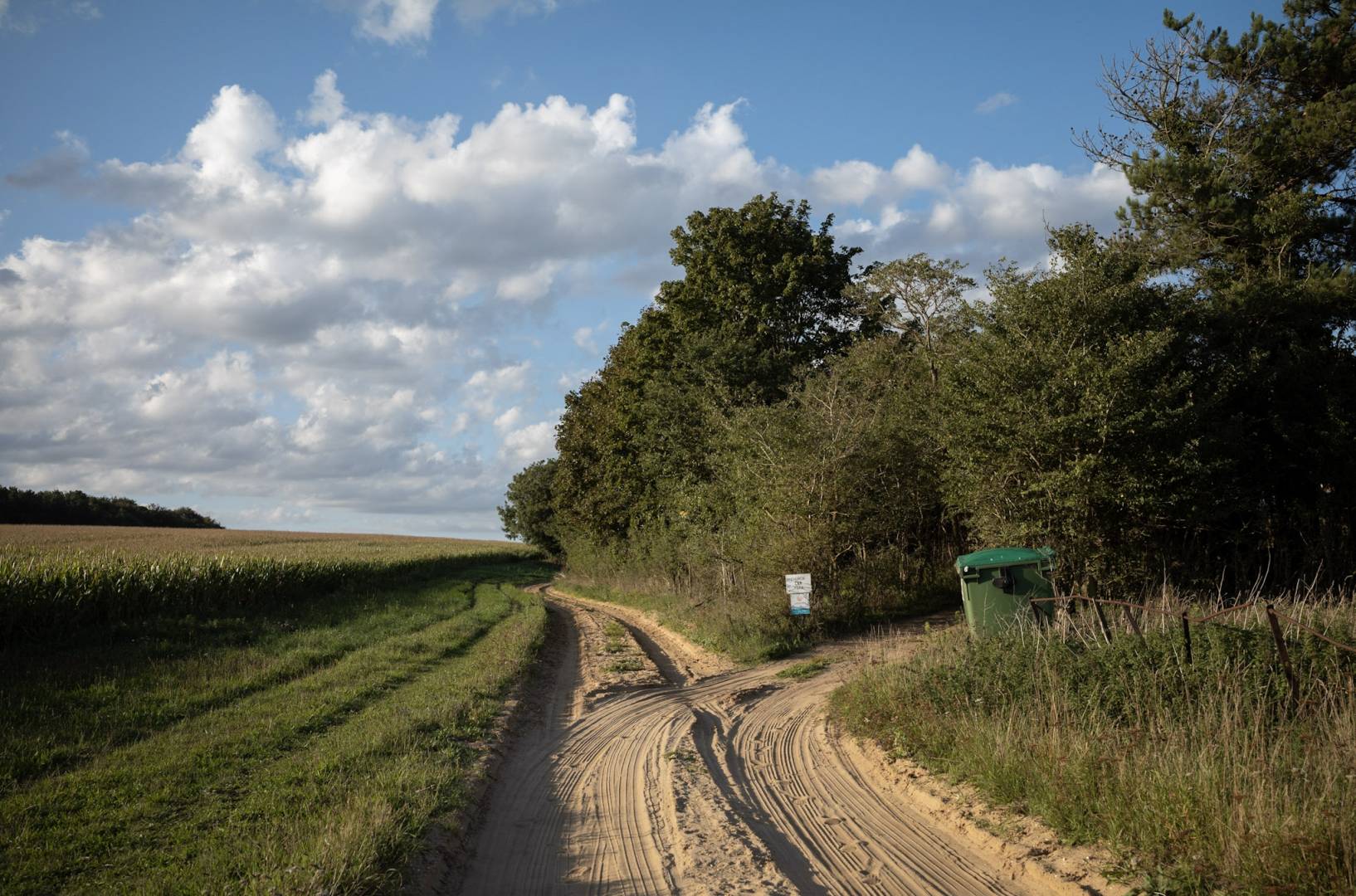
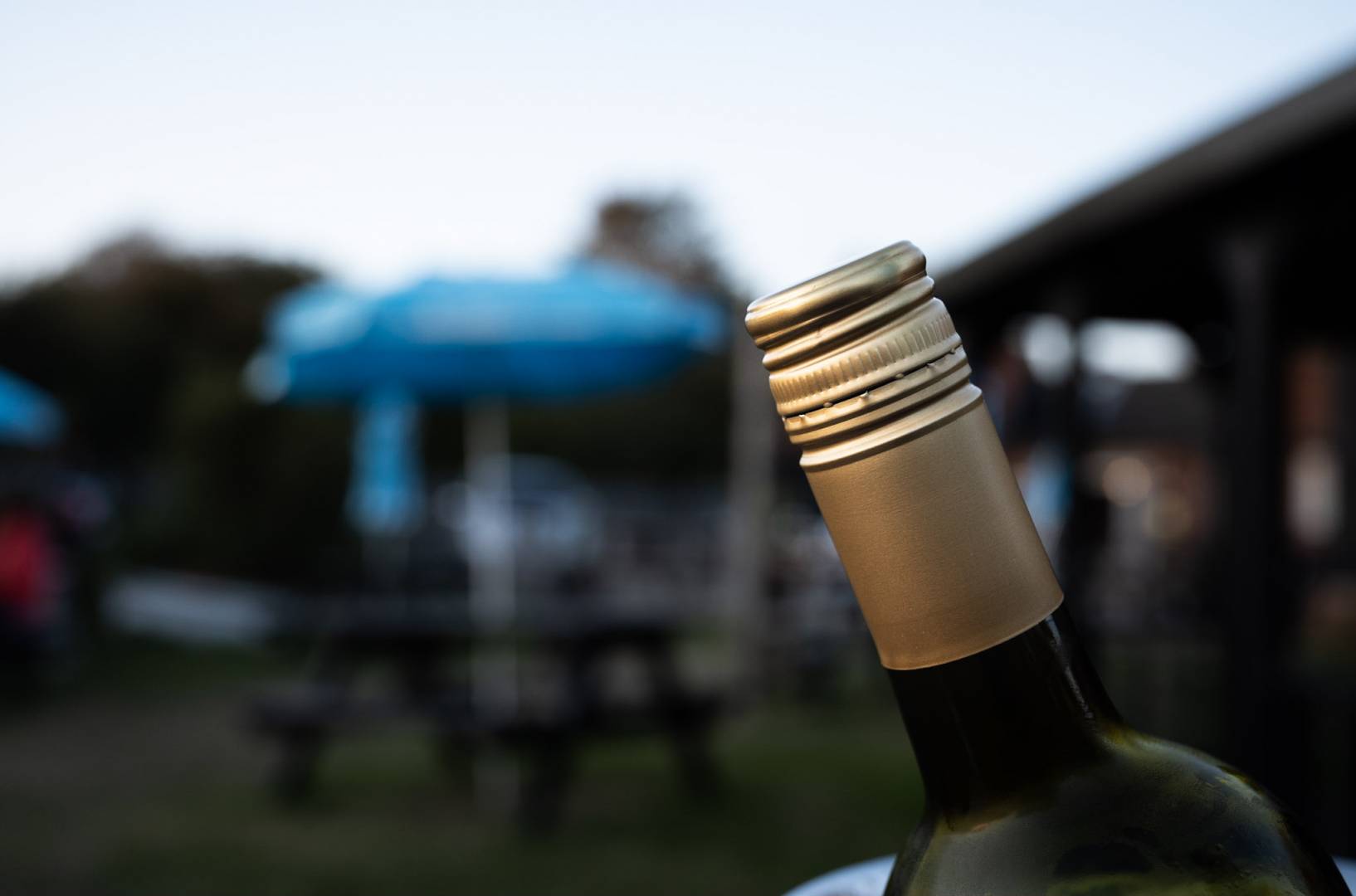

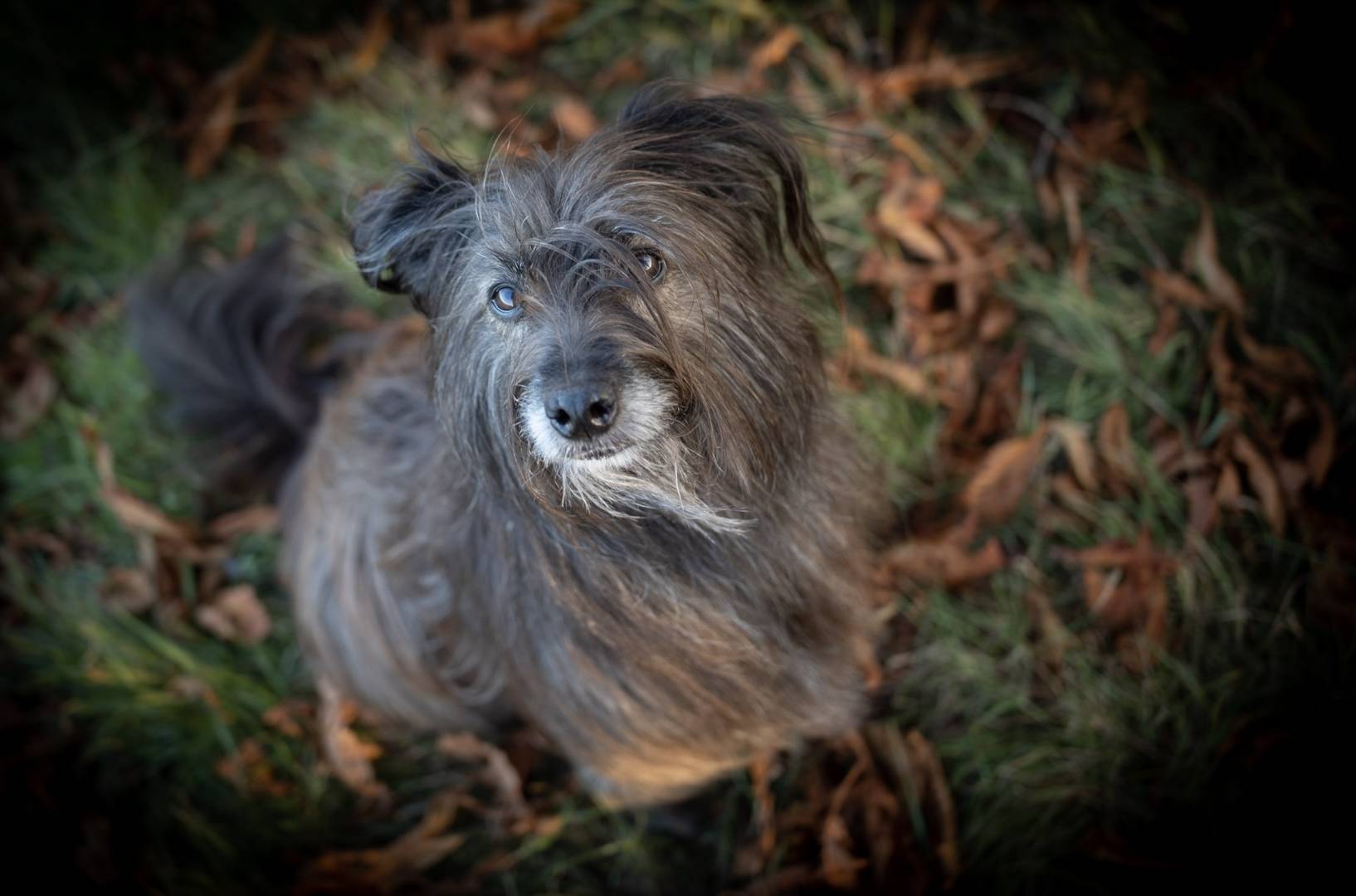




Hello Jonathan. Thank you for this great review.
I was lucky to grab a 35mm APO Summicron-M from Leica’s online store last week. But I have a question that I can’t find in any review. Can you help?
I find the focus ring on this lens very stiff and hard to turn, especially in comparison to my 35mm Summarit I used for years — or really any other Leica lens I’ve ever owned. It’s just much harder to turn, which makes micro-adjustment just a little challenging, and quick focusing difficult too.
If this is an issue with my particular lens I’m going to have to send it back for a refund. Which would be a drag because these lenses are so hard to find right now! But an $8K lens has to be right!! On the other hand, if it’s just the way this lens is built, perhaps because of the close-focus capabilities, then I’ll get used to it. The photos the lens takes (so far) are lovely.
Do you have the same experience?
Thank you!
Hi There Peter
Right – I’ve checked with mine and it’s not stiff at all . . . However, new lenses do take a while to loosen up sometimes.
If it was mine I would sit down and focus back and forth for half an hour or so and see whether that loosens it up a little, then if it does keep with it. I honestly can’t remember if mine was stiff when I first got it, but it’s more likely to do with lubrication than any fault with the lens.
As an aside, I bought a 90 elmarit M secondhand recently, and that was incredibly stiff. Last week I took it to Leica to fix it (and get it 6 bit coded) and the technician at Wetzlar said that it will just be to do with the lubrication (a quick and cheap fix), you also have your warranty.
I guess this isn’t very helpful! if you want to get in touch directly then you can email me at jonathan@slack.co.uk.
All the best
Jonathan
Jono. Always envious looking at your photos of the English countryside. Sigh. Dreamy. The folks at Wetzlar sold me with the close focusing and even better pocket-ability. Too bad it doesn’t come with goggles. I will have to use a tape measure to focus close – ha ha ha!
HI There Horatio
Are you using it with film? otherwise I’ve found the LCD pretty good for closer focus (if you can’t be bothered with the EVF).
As for the English Countryside – it has it’s moments, this particular moment it’s pouring with rain and drab and grey brrrrrr
For digital the EVF is a perfect solution, but agree with Horatio googles would be a nice addition for close focus on film bodies. anyway, Im pretty interested to swap my Summilux 35 fle for this new beauty It will defiantly be a good alternative for the M10R not sure if all feature will make big difference on the MP body. obviously the slower speed is an other think to think about. But might acquire the SL2-s for night shouting with IBS which will resolve that issue.
Whats your thought about difference 35 APO VS Summilux 35 FLE ?
Cannot comment. I don’t have the APO35 yet.
Sorry about the late reply. I didn’t know that the comments don’t send email notifications. 😖
Yes. Using it with film. I have a tape measure handy with me always. But the close focusing intrigues me so much that it might make more sense for me to get something like a m10-r. If nothing else, I can use the m-10-r as a film duplicator.
Horatio, I think the system should send reminders if it has your email address. But I’m not sure and it’s something I need to check. It is possible, by the way, to send a comment without giving an address.
Hi Mike. I did provide my email address both times, and unfortunately, I didn’t get a notification on either of them.
Sorry about this. The system has a mind of its own and I tend to leave things to the theme and to WordPress. My knowledge is rather limited, I’m afraid.
One feature of the new lens is a landmark development in a standard M-lens; a new closer focusing capability. I wonder if future lens designs will make this a regular feature, however, not necessarily quite as short a distance with longer focal-length designs? With live-view, that would add real value to lenses in the range 50 mm to 90 mm.
Hi David
You could actually focus closer on the WATE as well. Otherwise I quite agree – a real bonus and benefit, I’ve spent the morning shooting the 35 APO on my SL2 body, and it was good fun and the results are sparking (despite the lack of predicted sun!)
Excellent review as always! On a slightly different note Jono, is that CL2 coming anytime soon? Is it any good? Any information you are willing to share will be treated in confidence. We won’t tell anyone!
I agree all us Macfilos people are nice and can keep a secret.
Well Slow Driver
As far as I’m aware the CL2 will be medium format, in a slightly smaller body than the previous one and with a new backlit 150mp sensor, It’s being produced with brass top and bottom plate and leather covering and will be priced, together with the new diminutive 16-90 f2 APO Super vario elmar at £1,850
Just don’t tell anyone, or I’m dead meat.
Thanks Jono! That will teach all of those Sony and Fuji fanboys! Rest assured, your secret is safe with me! My lips are sealed!
For me, your 3 colour Shingle Street photographs are particularly impressive. Were you using any filters? graduated perhaps? I live only a few miles away at Martlesham Heath and I love the open Suffolk skies.
Chris
HI There Chris
No filters – a little post processing, but it was a pristine morning. Shingle Street is a strange place indeed – we only discovered it last year, but it’s lovely and we were lucky with the weather that morning (parked the van in the Churchyard at Chillesford the night before).
Lovely!
Most of your images today bring the word tranquility to mind.
I have owned a lot of amazing lenses but the Leica SL 35mm was the most amazing. However, 50mm is my preferred focal length by far so I sold it to a much more appreciative person. I only purchased the 35 because there was no 50 available and thought I would adapt. However, you rarely can teach an old photographer new focal lengths.
So if the m equivalent has most of the SL 35mm magic ingredients it will be stunning.
Hi Brian
35mm is not really my focal length either, but with the M10-R cropping to a 50 is not so much of a penalty in terms of filesize . . . . Actually, since shooting the M10-R and the SL2 I’ve tended towards using wider lenses for just that reason.
All the best
Hi Jono, I have adapted to doing cropping but I like to crop my 50mm core focal length to longer focal lengths on my SL2. I then crop my gorgeous and tiny, did I mention really tiny, m 28/5.6 to 35mm. Try it, you just may love that summaron gem – it may provide even more tranquility 😄.
Did you mention the Summaron? Jono has one, I have one and I certainly love it on my old-fashioned M10-D. I am tempted to the new 35mm but cannot justify it. I’d need to sell my new Tesla…
Hi, I know Jono has one – it was a wee bit of a poke. Most people do not recognize my slightly dry humour.
I an going to go for the Voigtlander APO Lanthar 35/2 so that I can still keep a few of my bad habits.
Ah! I did recognise the humour and that’s why I was poking back! Did you mention the Summaron?
Haha Brian – just as soon as I’ve chased the rainbows away on the 35 APO!
And dare I mention the Q. Many people who said they didn’t like 28mm are happily cropping to 35 and 50. It’s an attitude of mind…
Great picture. An amazing lens
Thanks for the review
Jean
Thank you Jean
What a beautiful lens. Love the pictures.
Thank you Farhiz
It is indeed lovely – and rather dangerous!